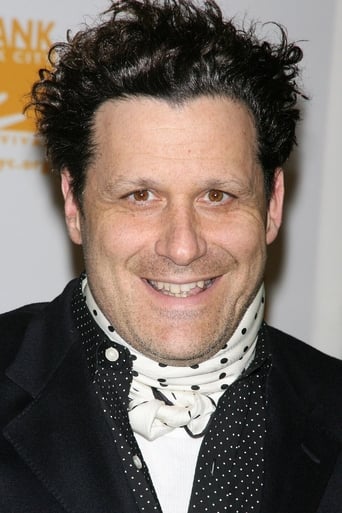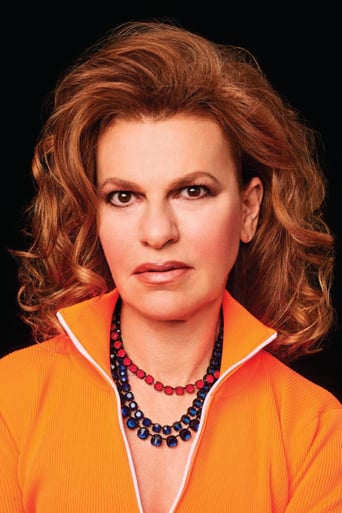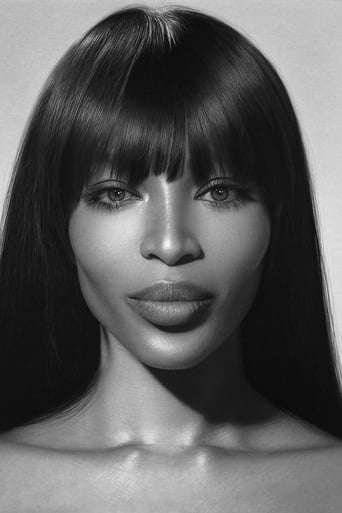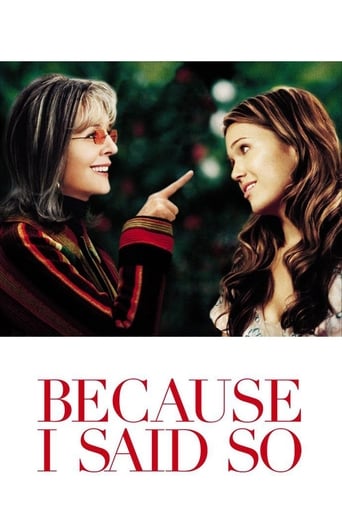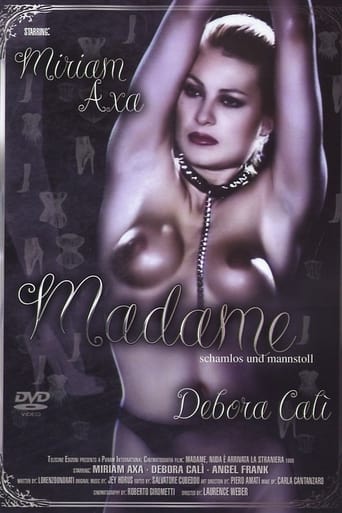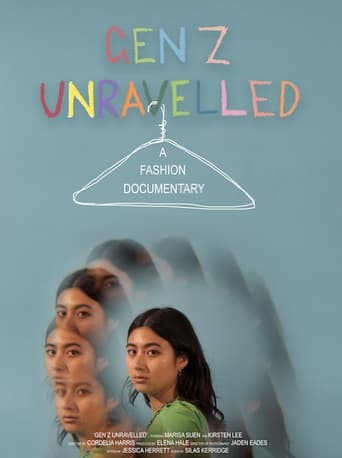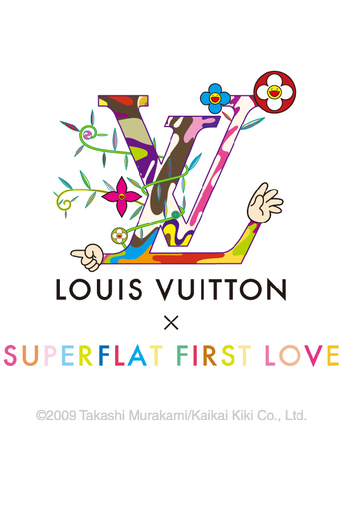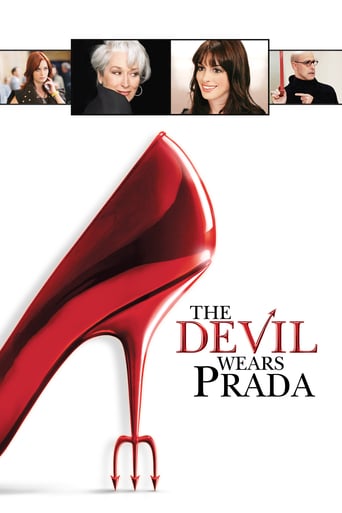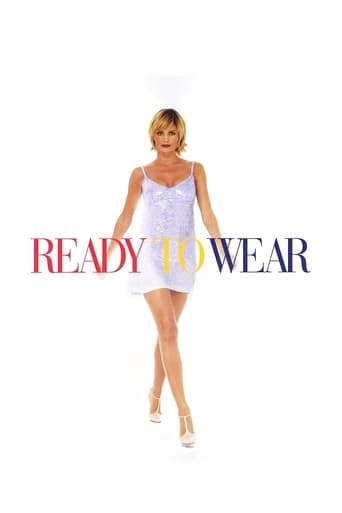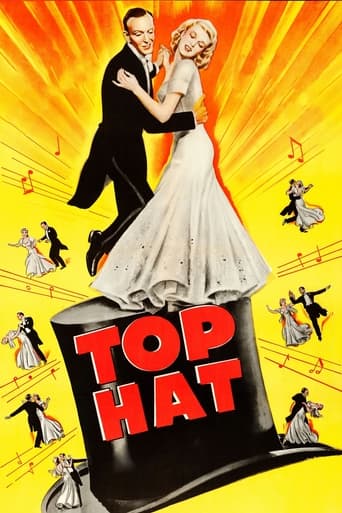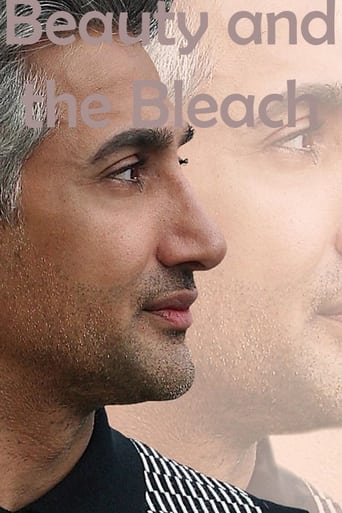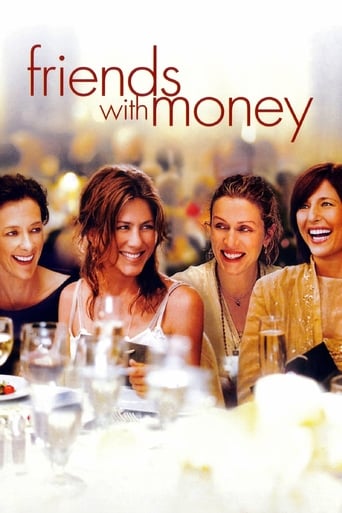

Unzipped (1995)
Isaac Mizrahi, one of the most successful designers in high fashion, plans his fall 1994 collection.
Watch Trailer
Cast


Similar titles
Reviews
While not ostensibly about the place of women in contemporary society, the images of Unzipped represent the tension and dichotomy of two extreme conceptions of women: the hyper-feminine sex object, and the successful, masculine career-women. The film unfolds through the male gaze, violates the space between public and private, legitimates female subjugation, and upholds stereotypes of both extreme conceptions of "women." The camera's view of attractive females makes them sex objects by its leering, sexual viewpoint. The opening clip depicts a woman pulling a dress over her pantied buttocks. The camera focuses on the blond smiling reporter when she questions Isaac about the theme of his show, instead of his reply. It objectifies the female body by explicitly focusing on body parts such as navel, feet, and breasts, rather than the human face. This lack of respect displays the core value of females in a patriarchal society to be sexual in nature. The title alludes to a scene of Isaac unzipping a woman's outfit all the way under her crotch. The unconscious thrust of the film is the male control over female sexual depictions.Males have a public business role and an unarticulated private one, whereas the film consistently shows the models' familial or social lives intruding on their professional lives. In Naomi Campbell's first fitting, Isaac teases her about her engagement. During the second fitting, she receives a social phone call. A model complains in an interview about her husband waiting for her at home, and behind the scenes at the show, the camera focuses on Cindy Crawford talking with partner Richard Gere. The most blatant violation of public and private spheres is the scrim the models change behind at the show, sexualizing their work. The audience sees the chaos, quick changes and naked bodies that are not typically intended for the public. Even while Isaac is asking the women if they would mind being seen in a bra and underwear for the show, the camera captures them in exactly these garments for the film. Ostensibly for artistic effect, the scrim and the chosen clips for the film add to the unstable nature of women in the work force.The film legitimates the subjugation of women in several ways. Isaac wonders how much it costs to book the "girls." Later, he says he's not suggesting that they be seen changing; he doesn't "give a sh*t if they want to do it, because they are gonna have to." The fact that his wishes prevail displays the male power to force women to conform to social or economic pressure. By not crediting the models as they appear on screen, the producers objectify and dehumanize them. When the viewer sees two people ripping a woman on the floor between them to remove her high-heeled boots, it's symbolic of her social struggle for equality, torn between two male conceptions of her.Male stereotypes of women tend towards the two extremes of sex kitten or professional woman. Eartha Kitt tells a story of how Orson Welles bit her neck and pushed her aside "like a little mouse." Making cat sounds, she emphasizes the animalistic, sexual nature of her undulating body. Naomi's nipples show through her tee-shirt while she wears the jacket of a beast; she's eroticized while looking like an animal. The sex kitten, embodied by the models, is also concerned about appearances. Backstage, the camera captures hair being curled, makeup being applied, and the pain of eyebrow-tweezing. When an interviewer asks a model about the difficulties of being glamorous, her work is framed in terms of appearance... while the camera focuses on Isaac working under her skirt, reminding the viewer she is a sexual object. The models themselves are vocal about their concerns. Cindy Crawford says, "you're a little close. My pores are not that small." Linda Evangelista screeches, "I must be out of my f*cking mind undressing next to the two best bodies in the business." Here we see concern about body image and appearances, and a reference to other women as bodies, a clear example of the subjugation of the female to a patriarchal order. The navels and bare breasts reveal more about the women's bodies, and public depictions of them, than the clothes Isaac has fashioned to cover them.On the other extreme, emasculated, professional women may be seen as the positive standard of the new woman to which all media should aspire. Whereas the models have no cited names, the professionals have a title when they appear on-screen. Supposedly, they earn respect from the camera that views each of them as a person not a body; however, these successful women are denied independence, as they are always in the frame with Isaac. The professionals are also stripped of all femininity. Polly Mellon, Candy Pratt and Sandra Bernhard all have gruff sounding voices and wear man-tailored shirts and suit jackets. They co-opt the male power system to gain respect and take away the threat of women in the work force. They are denied a gendered identity, even while they are still denied complete equality with men. They are seen on the phone, eating or talking, never behind a desk like Isaac. Successful women gain respect, but not to the extent that they are feminine.This is no longer a film about fashion, or even a look behind the scenes of a show, but rather a portrayal of women. Nina asks Isaac why he distracts the audience with a scrim, because the clothes look so good. Its real purpose is to access the models' bodies, having nothing to do with fashion design. Women are either viewed as sexual objects, or men in women's bodies, both of these depictions narrow and incomplete. The sign systems for fashion and female identity become entangled and inseparable. Through the camera's male gaze, the violation of public and private, and the advocacy of stereotypes, women continue to be devalued and unjustly portrayed.
This movie is wonderful and I've been watching it over and over since I was about 11! An intimate look at what goes on as a designer creates a collection, Unzipped shows all the people in the fashion world that mix and mingle while we watch Isaac Mizrahi come up with his latest collection for 1994. Isaac himself is hilarious with his quirks and impressions, and the characters he deals with from Eartha Kitt to Miss Mellen are ridiculous! Don't see this movie only for the supermodels because while they are there, they aren't the main focus, if you want that set up go for Catwalk instead, but here lies the whimsical tale of a collection destined for greatness and a designer who is as entertaining as his is talented.
I enjoyed this film for three reasons. I like Isaac Mizrahi, I like fashion design, and I LOVE Linda Evangelista!If you like any of these three elements (insert your own favorite supermodel) then most likely you will also like this documentary. The fashion design element is what surprised me the most. I had no idea what it must be like to be a high end clothing designer until I saw Unzipped. All the details of the clothing designs culminate at the end with a fashion show. One of my guiltiest pleasures was watching Linda ham it up for the cameras. Cindy and Naomi didn't look too bad either. They might not be geniuses, but damn if they aren't fun to look at.
This is a documentary about Isaac Mizrahi at work; it's a celebration of him and the fashion world, and far more engaging than you would expect because Isaac is so engaging he almost convinces you that fashion can be interesting. It's a wild ride, and the only real problem is that there's too little Cindy Crawford (she doesn't turn up until about an hour or so into the film) and too much Naomi Campbell. But hey, that's what videos and fast-forward buttons were made for...


